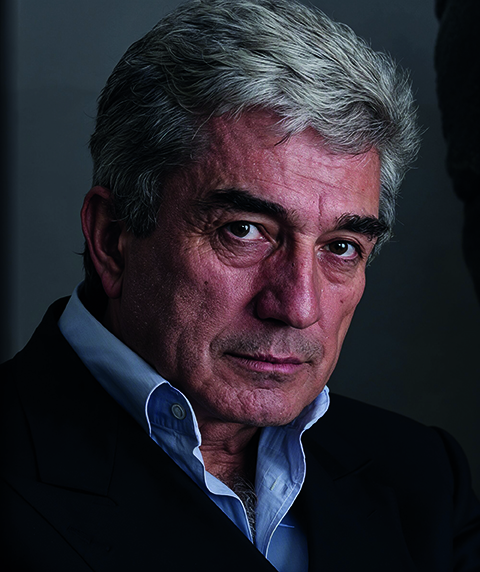In recent years, Central Asia has experienced not merely a surge of interest in music, but a cultural renaissance in which music itself becomes a pivotal element in educational reform, social transformation, and soft power projection. At the heart of this process lies not only the revival of genres once confined to folklore, but also a new institutional framework designed to bring academic rigour to musical art and expand its international presence.

Traditional genres such as shashmaqam which is a six-mode classical system of Uzbekistan and Tajikistan, painstakingly revived after decades of neglect and the celebratory “toy” music, dutar and dombra, are once again gaining recognition thanks to the concerted efforts of both state and private cultural organisations. Among the most significant developments is the emergence of structures capable of systematically teaching, preserving, and promoting this music. One of the most prominent initiatives is the Aga Khan Music Initiative, launched in 2000 to preserve the living musical heritage, introduce masterclasses, document traditions, and foster the dissemination of traditional repertoires – all while maintaining a modern, professional approach with academic precision.
Investment in masterclasses, festivals, and educational programmes, from ustad-shagird (master-apprentice) schools to more technology-driven initiatives has created a platform for sustainable growth. Notable examples include the Aga Khan-funded ensembles of veteran performers, joint recordings with Smithsonian Folkways, and the ten-volume anthology of Central Asian music. Simultaneously, festivals such as Sharq Taronalari in Samarkand have leveraged the region’s potential, transforming historical memory into a driver of cultural tourism and international cooperation.
The development of musical education is progressing in parallel. Conservatories in Kazakhstan, Uzbekistan, and Tajikistan are implementing new courses that bridge folk traditions with academic technique, as well as forming international exchange programmes. Crucially, tangible results are emerging as students are mastering not only the dutar, dombra, or shashmaqam, but also skills in score analysis, ensemble performance, and orchestral practice.
Tolibkhon Shakhidi stands out as a particularly compelling example of successful integration of these models. Born in Dushanbe in 1946, he is a graduate of the Moscow Conservatory, where he studied under Aram Khachaturian, whose famous inscription-“Tolib, your time is precious”- became a guiding principle of his career. His music, which blends Eastern modal traditions with Western orchestral discipline, embodies the cultural synthesis at the heart of today’s renaissance.
Shakhidi’s participation in international festivals and his educational initiatives offer a vivid illustration of this trend. He performs on academic platforms, conducts lectures and leads masterclasses, maintaining generational continuity and transmitting the ustad-shagird heritage to future musicians. At the same time, his involvement in film (including the Georges Delerue Award for his soundtrack to Two-Legged Horse, 2008) enhances the region’s cultural diplomacy through media.
It is important to emphasise that this cultural renaissance is not an episodic surge of nostalgia, but rather a strategic, integrated development model that encompasses educational modernisation, international exchange, and the growth of cultural tourism. Music festivals attract foreign experts and tourists, creating conditions for new partnerships and blended funding mechanisms, both grant-based and commercial.
While precise economic indicators remain difficult to quantify, the renewed interest in music positions Central Asia as a proving ground where cultural competitive advantage directly intersects with educational appeal and the region’s brand image. The model practised by institutions like the Aga Khan Music Initiative and by artists such as Shakhidi demonstrates a strong cohesion of craft and tradition, academic rigour and innovation, local colour and global platforms. Such synergy ensures a lasting impact across the educational landscape, in international visibility, and, ultimately, in regional economies.
Today’s musical renaissance in Central Asia represents a systematic cultural and educational movement that brings together heritage and innovation. At the forefront of this process are the artists, educators, and institutions whose coordinated efforts are shaping a new trajectory of development which is culturally, academically, and strategically significant for the region. The example of Tolibkhon Shakhidi – striking but by no means isolated – shows how one individual and their platform can become a catalyst for transformative change, creating a resilient, scalable model of cultural development and educational capacity.
